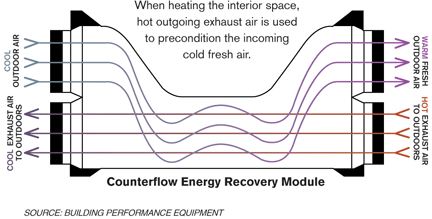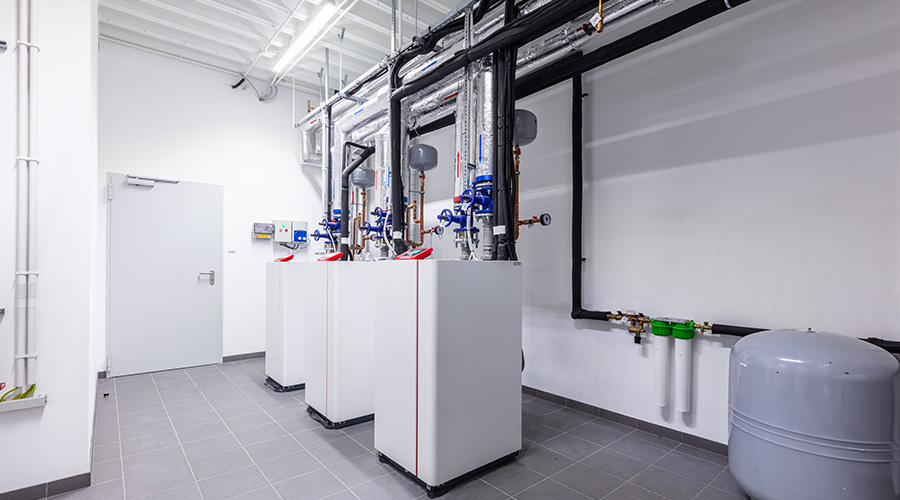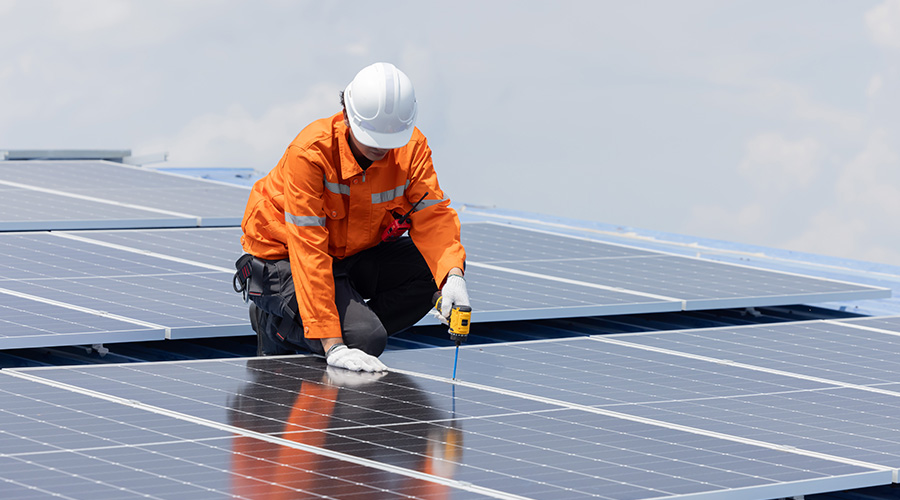Reduce HVAC Costs By Paying Close Attention To Sensors
Problems with sensors are another common source of energy waste. Many "I'm too hot" and "I'm too cold" complaints are because people are reading numbers on thermostats as opposed to how they really feel — and the thermostats are reading incorrectly. Frequent travelers know there are many times when the hotel thermostat has to be set up or down well beyond what it reads to get the HVAC unit in the room to turn on.
Also, look at where the thermostat is placed in the area. Is it now just above a microwave oven or a coffee maker? Or has it been closed in by shelving and boxes so it's sitting in a dead air space where it cannot possibly be sensing correctly?
Being aware of where the thermostats are and recalibrating them on a regular basis is another low-to-no cost fix to conserve wasted energy and save money.
Another area of energy waste lies in enthalpy (humidity) sensors, typically used in air-side economizers. While newer designs maintain sensitivity for longer periods, older ones need to be checked and recalibrated at least once a year; otherwise, they can bring in excess outside air when the outdoor humidity in warm weather is higher than that indoors.
Energy Recovery Is Worth a Close Look
Adding energy recovery to existing HVAC systems is not usually a simple and inexpensive project, yet there are many ways to accomplish this, sometimes with relatively short paybacks — depending on exhaust temperatures. Run-around coil energy recovery loops do it hydronically with coils in the supply and exhaust air streams. They typically are easier to use in retrofit applications than systems that require bringing exhaust and supply air together, although they are not as efficient. There are also counterflow high-efficiency energy recovery modules, with efficiencies as high as 80 percent or more, that eliminate the need to buy complete packaged energy recovery units for retrofit. Many of these systems also provide relatively efficient latent recovery.
Whether the exhaust is only room temperature from bathrooms or is from higher temperature process exhaust systems, energy recovery should be considered. It is a very effective way to conserve energy without reducing the amount of outside air brought into the building, which can lead to IAQ problems and even Sick Building Syndrome.
— James Newman

Click for larger PDF
|
Related Topics:















